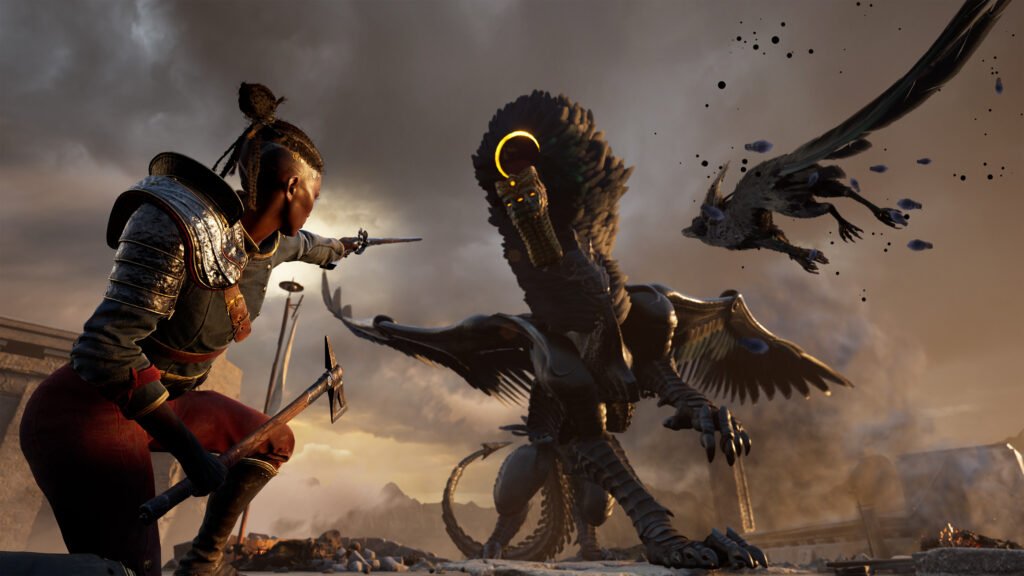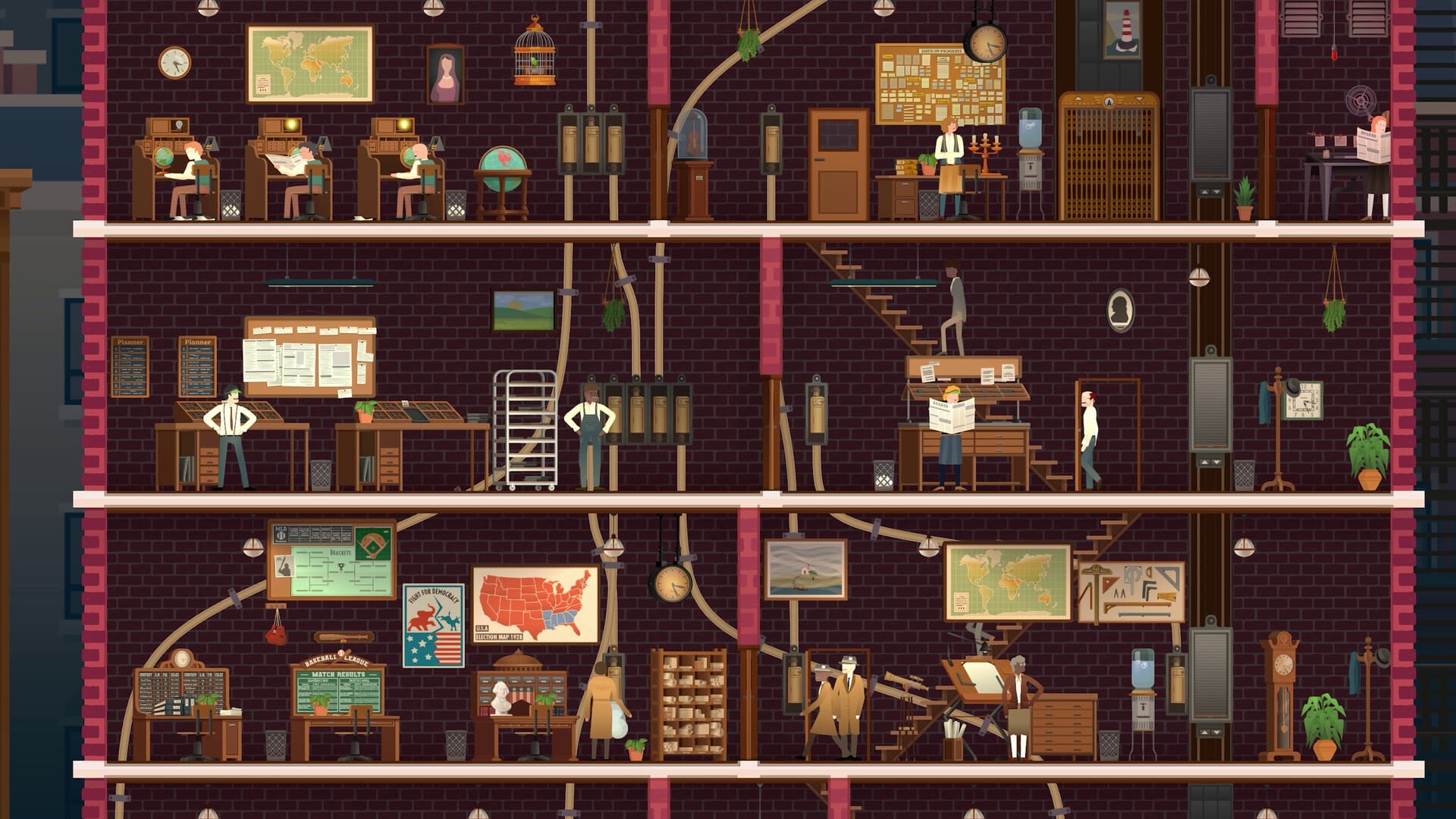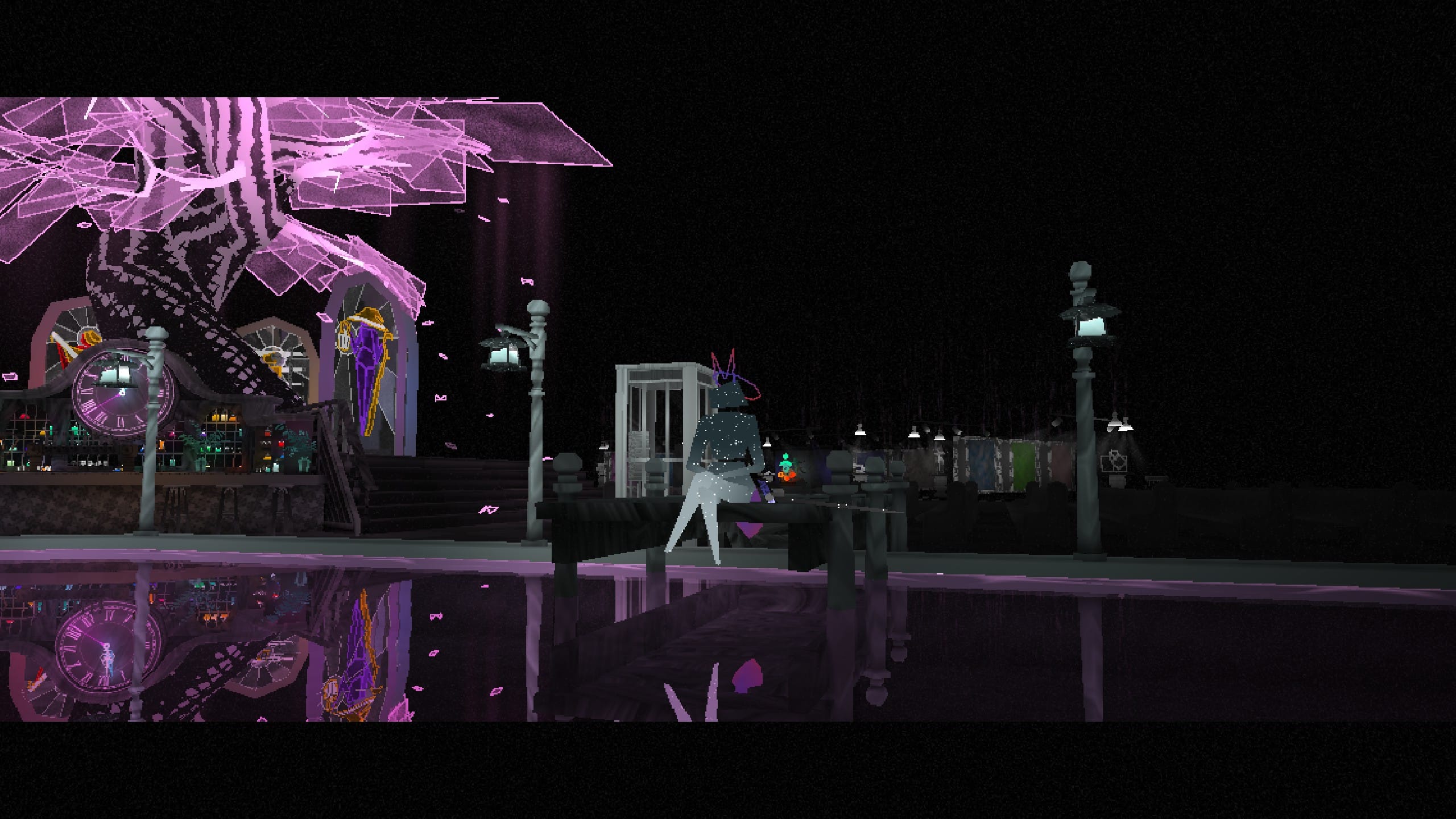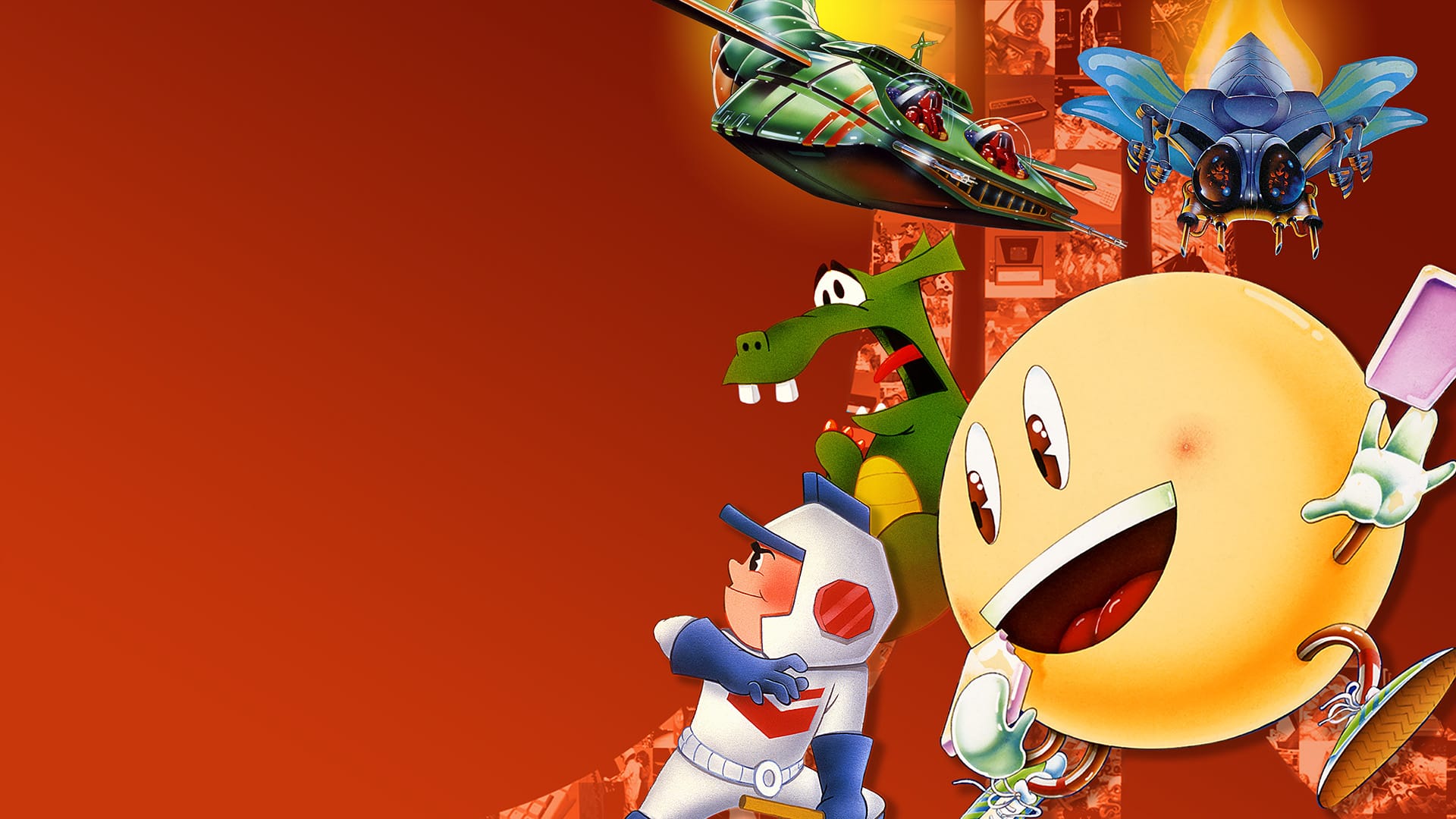Flintlock: the Siege of Dawn feels like a Souls-like by way of modern design trends. You’ve got your three skill trees, menus you navigate via a cursor, a map dotted with icons and settlements to clear, the offset over the shoulder camera, etc. Compared to Ashen, the developer’s previous game, which was more subdued and in keeping with traditional Souls-like vibes, Flintlock is more explosive (literally) and focused on fast-paced action. The Souls-like elements are lighter, leaning more into being a cinematic action game. The ways in which it is one of those are where Flintlock is at best okay; it does everything well enough, but isn’t particularly remarkable. The bits and pieces of inspired design, however, make it shine.
Flintlock follows Nor Vanek, a soldier who’s been on the front lines of the war against the unyielding tide of undead from the titular city of Dawn. During a push to move deeper into the city, Nor unwittingly unleashes the gods into the world and causes the undead’s numbers to surge tenfold, plunging the world into further chaos. She’s soon joined by a god named Enki, who assumes the form of a fox-like creature, and the two set off to set things right by eliminating the gods who’ve escaped and hopefully stop the undead assault once and for all.
The game is a pretty standard Souls-like. Everything you’d expect from one of these – the deliberate pace and animation priority in combat, a focus on defensive play over raw aggression, and unblockable attacks you can only dodge or counter with a well-timed gunshot. It’s functional if a bit unremarkable. There are some great ideas here, though. The interplay between Nor and Enki and the various status afflictions they each have access to give the otherwise straightforward combat some much needed tactical variety. Building up curse status with Enki to put the enemy in status and deliver a swift kill or applying enough burn to cause an explosion provide a satisfying loop.

The black powder abilities that augment Nor’s movement, allowing her to double jump and air-dash, make traversal something worthwhile because of how much the of the levels become accessible. It’s not quite a level of freedom that lets you literally climb anything you see, but the degree to which you can poke around is much higher than I would expect. The level design makes good use of these abilities, making what would otherwise be rote uninteresting platforming quite fun.
The multiplier on reputation (your experience/currency) earned incentivizes engaging with the combat to its fullest rather than just sticking to what works. Swapping weapons, finding moments to fire a charged pistol shot in the midst of a fight, parrying and counterattacking, timing your attacks to hit at the same time as Enki’s for additional damage: the more skillful and stylish your play, the higher the multiplier becomes. Games can easily fall into the pit of providing a ton of options for expression but never actually pushing the player to do so. I’m certainly a victim of this, often relying on whatever basic strat works and never bothering to try something different unless forced to. Flintlock sidesteps this effortlessly through the systems themselves.
Multiplying reputation also gives combat a fun risk/reward element. While playing well can allow you to potentially double whatever you’ve accumulated, that multiplier vanishes if you take a hit. But crucially, the multiplier isn’t on a timer. It remains so long as you can avoid taking damage. It tempts you to see how far you can take it before cashing out, pushes you to consider whether you really want to take your chances with how much you want to try doubling what you’ve earned.
The combat falters, however, when fighting more than one opponent at a time. Granted, this is a common problem with Souls-likes of all stripes, but Flintlock particularly struggles. The close over the shoulder view does not lend itself well to fighting groups, let alone Nor’s general movement speed. The field of view feels too narrow to keep track of where everything is and Nor isn’t particularly fast, so making space is tricky, doubly so when these fights occur in cramped areas. The entire combat design feels tailored to one-on-one fights, where the game undeniably excels, which makes the consistency of battles against multiple targets frustrating.

Flintlock tries to provide tools to alleviate the problem in different firearms, grenades, and some special attacks with Enki, but none of it strikes the core issue of the game simply not feeling up to the task. Never once did it feel good to fight any of the hordes of undead you’re frequently pitted against. The rare instances where you’re up against a group of armored foes are especially frustrating.
Bosses, on the other hand, are excellent, allowing combat to put its best foot forward. Where most fights against stock enemies are quick and straightforward affairs (and a bit tiresome after a while due to the limited enemy variety), seldom requiring full use of your abilities, boss fights always strive to make the absolute most of the mechanics and largely succeed.
It makes me wish Flintlock had focused more on these sorts of grandiose one-on-one battles because they’re such a highlight. It’s a shame they’re so few in number, but I’d rather take quality over quantity. That so much of the game is spent fighting the same few types of foes and struggling with the game’s ineffective crowd control makes it drag in spots, but the moments where Flintlock shines make it worthwhile.
Callum Rakestraw (he/him) is the Reviews Editor at Entertainium. You can follow him on Cohost @crakestraw.





